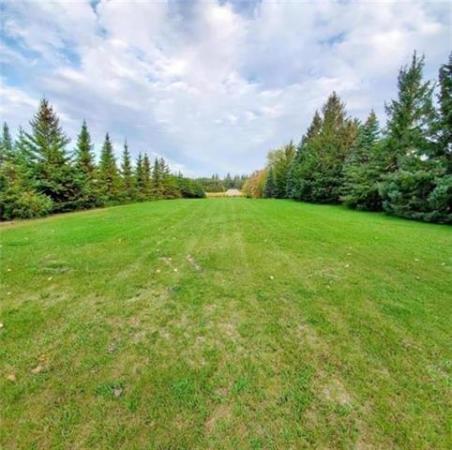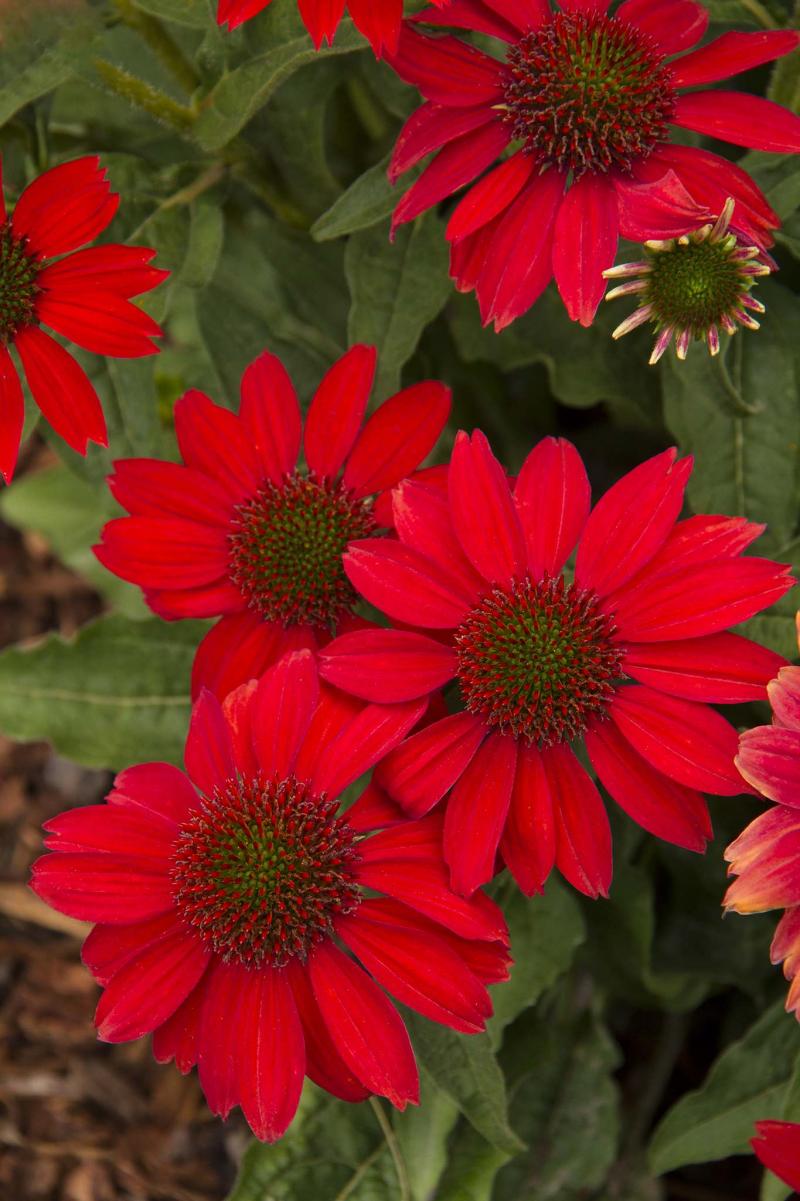
Doreen Wynja for Monrovia
Sombrero Salsa Red coneflower with its vibrant red colour may have you dancing.
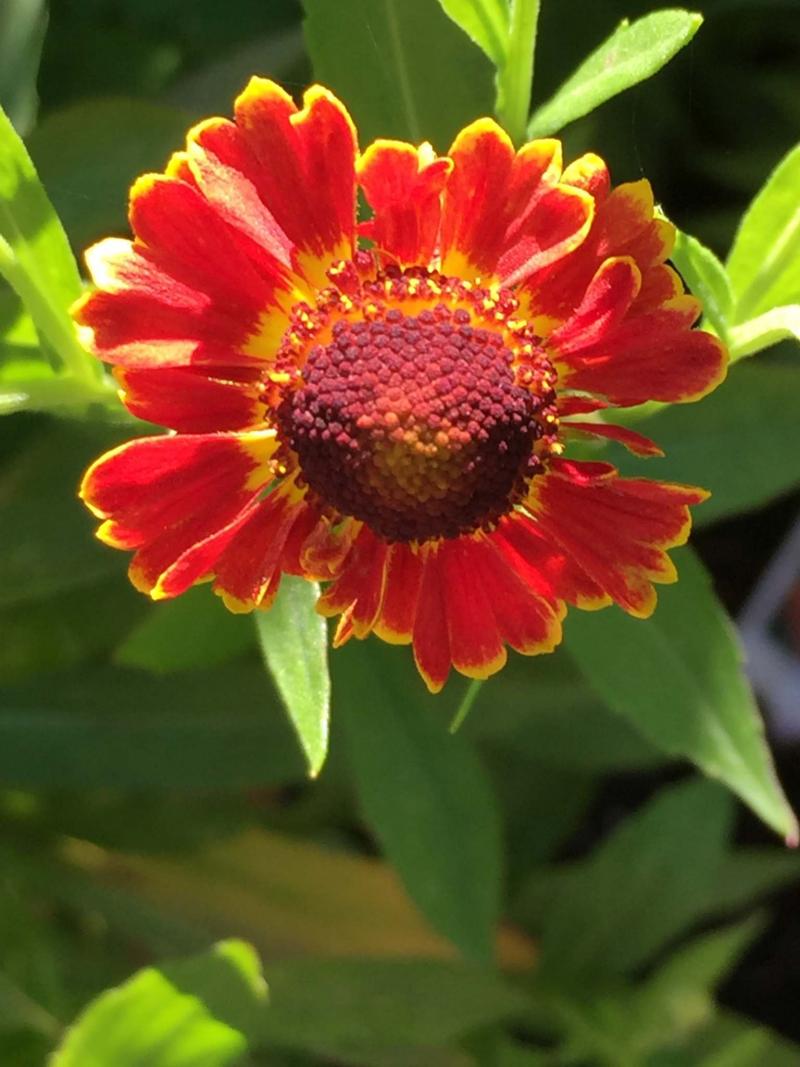
Susan Southern
Helenium, aka sneezeweed, has brilliantly coloured daisy-like fall blooms.

Walters Gardens
Thalictrum sends up clouds of pendulous pom pom flowers well into September.
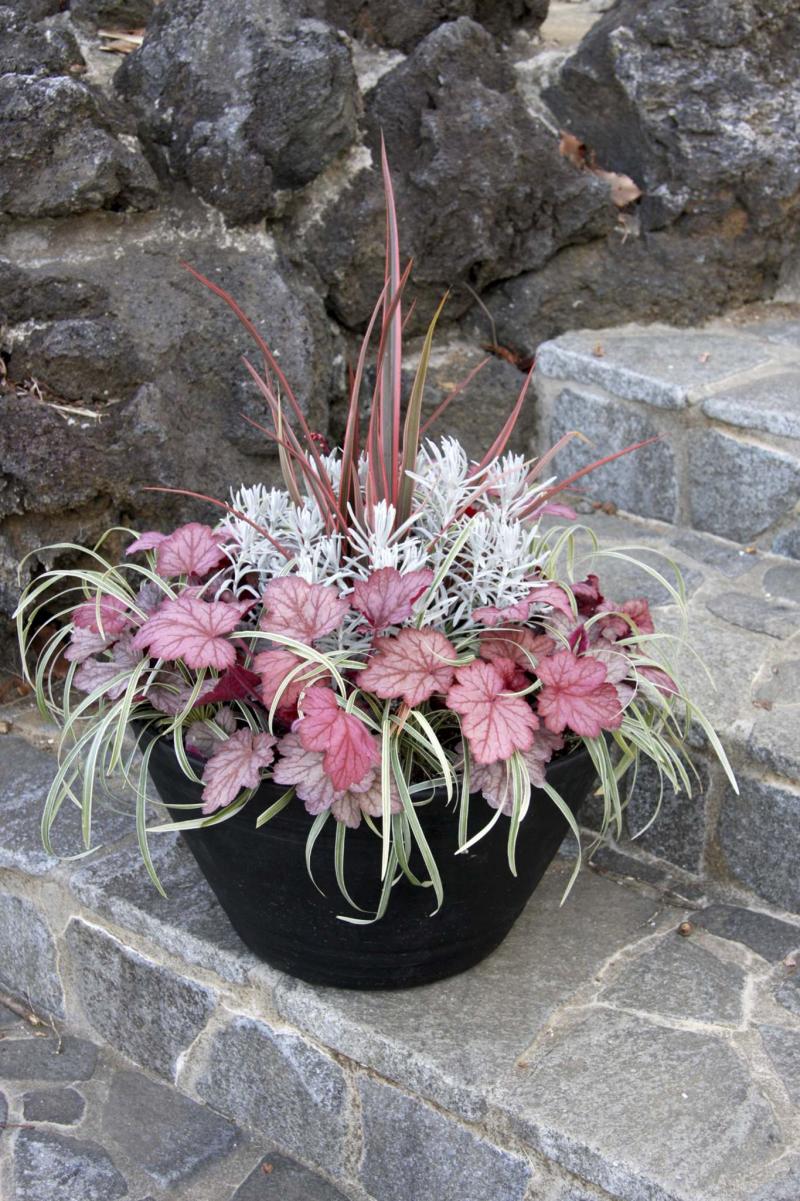
Terra Nova Nurseries
Georgia Peach coral bells shines in beds or fall container displays.
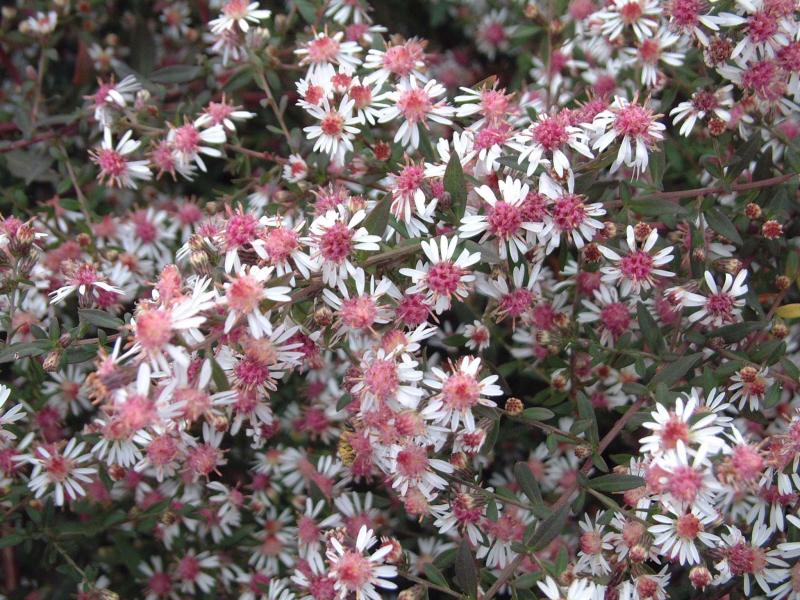
Walters Gardens
Nearly black foliage plus a myriad of white blooms with frothy raspberry pink centres makes Aster Lady in Black a must-have perennial for the fall garden.
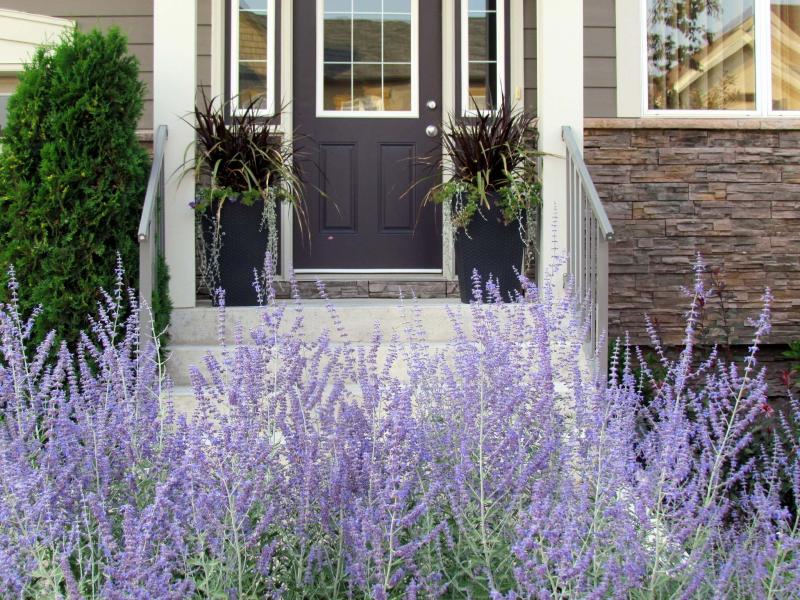
Colleen Zacharias
Try planting Russian Sage in groups of three or five for silvery blue impact.
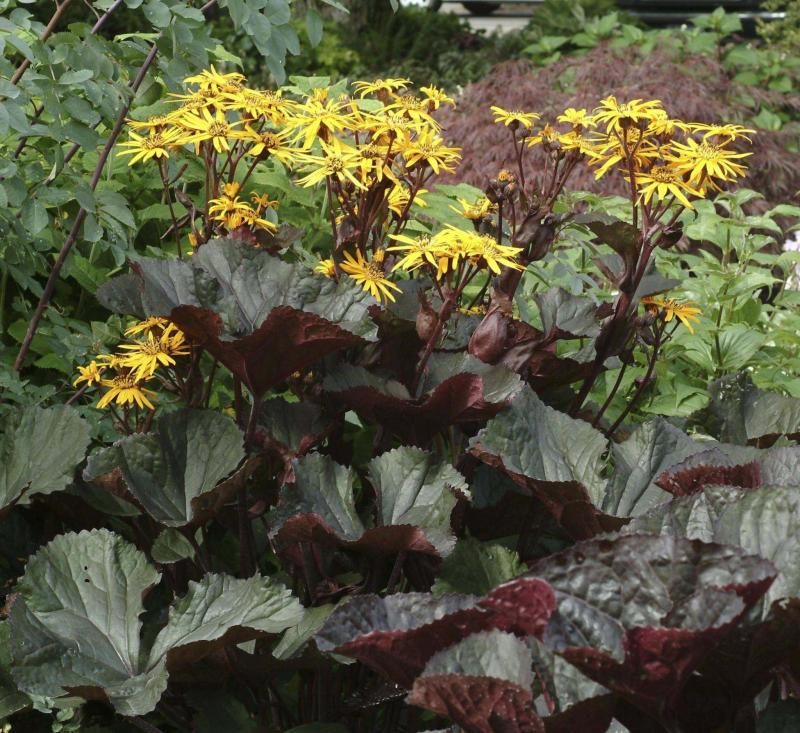
Bailey Nurseries
Britt Marie Crawford ligularia has voluptuous foliage and startling mustard yellow blooms.

Terra Nova Nurseries
It's a party with Birthday Party sedum's large, rosy pink blooms.
Is your garden looking tired? Looking forward to next spring when you can begin anew?
It can be difficult, sometimes, to not focus on the plants in our gardens that are done like toast after a wet, hot and yes, dry summer. Readers have reported finding huge quantities of slugs in their gardens and bemoan the hole-ridden plants left in their wake, especially hosta varieties. Mildew, too, takes its toll on susceptible plants such as Veronica speedwell. There are so many negatives, however, associated with insecticides and fungicides. Besides, do they really work?
Why not pinch back any unsightly plants and take stock, instead, of the ones that continue to look their best or are just on the cusp of beginning their colourful fall display. If October 2015, a record-breaking hot month in Winnipeg that began last year with daytime high temperatures of 27 C, is any indication, we could have several more weeks left to enjoy the garden.
We all have our favourite plants at this time of year. Mine includes ligularia, two cultivars in particular, Othello and Britt-Marie Crawford, each with outsized, rounded leaves, and mustard-yellow daisy-like flowers on thick, purple stems. With a preference for morning sun and afternoon shade, Britt-Marie Crawford makes a bold statement at the front or mid-border with its moody-looking maroon black foliage. Both varieties grow to a height of approximately 90 to 120 cm and 75 to 90 cm wide and are hardy to zone 3.
It’s true that slugs have a taste for ligularia. A study done around 2002 by a team from the U.S. Department of Agriculture’s agricultural research service found that caffeine has an adverse effect on the nervous system of slugs and snails. If I notice evidence of slug activity, I soak the soil around my plants with a caffeine solution (brewed coffee at ambient temperature, no cream or sugar).
The late season garden is enlivened by another daisy-like flower, helenium, also known as Helen’s Flower or sneezeweed. This mid-size herbaceous perennial comes in a range of colours from brilliant orange with golden edges to deep red or bright yellow. Fuego, part of the compact Mariachi series (40 cm tall), has fiery orange-fringed petals and a dark chocolate central disk with a lemon yellow halo. Deadheading ensures a brilliant display well into autumn.
Fall staples such as Russian Sage as well as rudbeckia in yellow or bronzy red are two of Carla Hrycyna’s fall favourites. Co-owner of St. Mary’s Nursery, Hrycyna recommends contrasting the silvery blue foliage of Russian Sage with the warm, rich tones of coral bells and rudbeckia. Russian Sage is a beautiful stand-alone plant, too, and a showstopper when planted en masse, which emphasizes to great effect the purple-blue tones of its dainty flowers.
Sedum, also known as stonecrop, is a versatile plant that has become synonymous with fall colour. Does Autumn Joy sedum continue to rule the fall garden? Hrycyna says that while it still has a following, there are newer, improved varieties with more intense colour and better form (i.e. they don’t fall apart). Autumn Fire, for example, is a new introduction with larger blooms and a longer bloom period. For truly startling colour, try deeply rose-pink Birthday Party sedum from the Party Hardy series, another new introduction bred for larger flower heads. This variety has sturdy, 25 cm tall stems and yellow-green leaves edged in red.
More compact, spreading varieties with showy colour in late summer, says Hrycyna, include Desert Red with blue-green leaves and deep rose pink flowers, and Cherry Tart, a spreading variety with cherry red foliage.
The English Garden at Assiniboine Park is home to many exceptional, cutting edge perennials. Craig Gillespie, head gardener, says that Panicum virgatum Ruby Ribbons, an ornamental grass, is one of the English Garden’s best fall perennials. "It’s one of those plants that blends inconspicuously into the garden during the summer with its blue green foliage," says Gillespie, "but once fall arrives, it takes on a brilliant ruby hue that is capped with matching seed heads later in fall."
Classified as zone 4, Ruby Ribbons will require some winter protection. It grows to about one metre and should be planted in a full sun location. Tolerant of part shade, its colour will be more muted.
Gillespie is looking forward to seeing the blooms of Aster lateriflorous Lady in Black. Planted in 2015, this new addition is now in its second summer. True to the old adage that perennials sleep the first year, creep the second year, then leap the third year, Lady in Black is content for now to put on a gorgeous show of nearly black foliage and stems. Gillespie expects it to set bud soon.
A Dutch selection from plantsman Coen Jansen, Lady in Black produces masses of tiny white ray flowers with frothy raspberry-pink centres. A woodland aster, it is classified as zone 3 and grows to a bushy one metre tall and wide. Site in full sun for the best aesthetic value and allow good air circulation as asters can be prone to fungal diseases if crowded or planted in too shady of a location.
Terry Enno’s day job in the perennial department at Lacoste Garden Centre provides her with plenty of opportunity to satisfy her plant lust. Her West End garden brims with garden favourites designed to create interest year-round. While some of summer’s early-blooming perennials have begun to fade, later blooming plants such as Penstemon Iron Maiden and Lobelia cardinalis continue to provide sizzling red colour, their foliage healthy and unblemished.
Coral bells continue to perform well in fall, especially if they are planted in a location with morning sun and mostly afternoon shade. The peachy tones of Georgia Peach coral bells, bred for heat and humidity tolerance, transition to an intriguing frosted rose-purple in the cooler temperatures of fall. Outstanding in the fall garden in beds or a container design, Enno says that Georgia Peach is to die for.
Late blooming or reblooming daylily cultivars also extend the season. Coral Majority grows to about 80 cm and produces large, 12 cm coral orange blooms throughout September. Enno also grows Monacan Trail, the longest blooming daylily in her garden. A 2005 introduction with an impressive 20 cm, creamy beige flower, it has a carmine brush mark and a green throat and grows to about 120 cm tall. Both of these late blooming varieties, says Enno, maintain attractive foliage sans the yellowing typical of early blooming varieties.
Enno admits to not being a huge fan of coneflowers but purchased three Sombrero Salsa Red coneflowers last fall for 50 percent off their regular price. A flamboyant beauty, Sombrero Salsa Red has rich orange-red daisy-like petals and a prominent dark brown centre cone. End of season plant sales can often be great opportunities to add to your plant collections, says Enno. No room in your garden for something you would dearly love to have or not enough time to site it properly? Enno heels fall-purchased plants that are still in their small plastic pots into any available ground just prior to freezing, insulating them with a layer of maple leaves and good snow cover. Once the ground thaws in spring, she moves them to their permanent location.
Purple blooms and foliage are increasingly popular and provide significant impact in the garden with their dusky colour. Thalictrum Meadow-rue is a spectacularly beautiful yet underused plant that I long to grow in my own garden. Something else will simply have to make way for this tall (130 cm), elegant perennial that produces clouds of double, mauve purple, pendulous pom pom flowers on darkly coloured, wiry stems. Enno says she is in love with this plant. "Its display goes a long, long time into the fall," she says. Two varieties to look for are Thalictrum delavayi Hewitt’s Double, zone 3, and Thalictrum rochebrunianum Lavender Mist, zone 4.
Another late blooming favourite, says Enno, is Aconitum carmichaelii arendsii, an azure monkshood that waits until late September to bloom, its deep blue hooded flowers larger than earlier blooming, common monkshood (Aconitum napellus).
Expect newly planted perennials to take a year or two, or even three, before they are at their peak. To overwinter, Enno protects her treasures by utilizing a combination of protected locations for some of her more tender varieties as well as Styrofoam cones, a loose layer of maple leaves and reliable snow cover.
Why maple leaves? Enno likes them because they are twisty and curly, don’t compress easily, and provide good insulation.
colleenizacharias@gmail.com

